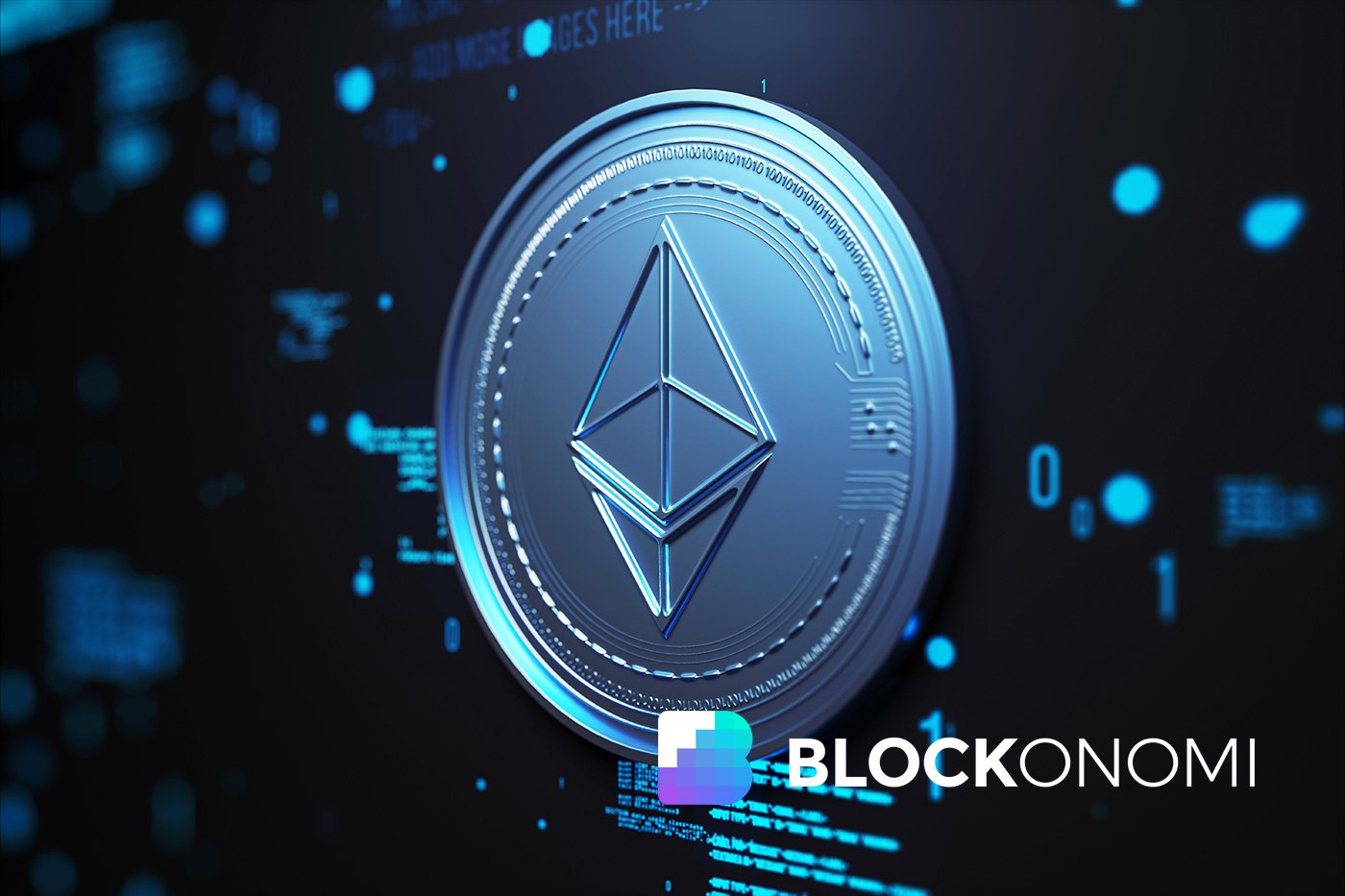TLDR
- Ethereum's gas costs have dramatically fallen by 70%, hitting a four-year low at roughly $0.80 per transaction, plummeting from over $20 back in 2024. Overall transaction fees have shrunk from $23 million to just $7.5 million.
- Layer 2 solutions, such as Arbitrum, Optimism, and Base, have ramped up their daily transactions to over 1.5 million, a significant jump from 800,000 transactions last year, all while keeping fees as low as $0.15 thanks to the Dencun upgrade.
- Ethereum's mainnet is seeing fewer daily transactions, decreasing from 1.2 million in January 2024 to around 900,000 by February 2025.
- The priority transaction fees on Ethereum have dipped to 0.924 gwei, or about $0.05, prompting Etherscan to bring back decimal readings in their gas tracker.
- Even with reduced fees, Ethereum continues to process over a million transactions daily, showcasing stable network activity unlike Bitcoin, which has shown a downturn in transfer volumes.
Ethereum's blockchain has seen a sharp drop in transaction fees, falling 70% to their lowest in four years. Average gas fees, according to IntoTheBlock, are now 5 gwei, or $0.80 per transaction, down from more than $20 during its height in 2024.
The network's daily transaction revenue has sharply decreased, diving from $23 million to $7.5 million. Latest data as of February 20, 2025, show priority fees as low as 0.924 gwei, or $0.05 per transaction.
The growing use and popularity of Layer 2 solutions have been crucial in bringing down costs. Platforms like Arbitrum, Optimism, and Base now coordinate over 1.5 million transactions daily, up from 800,000 the previous year.
These Layer 2 networks have achieved greater cost efficiency post-Dencun upgrade by introducing 'blobs' which reduce data expenses. This has cut fees by up to 90%, with networks like Arbitrum charging an average of just $0.15 per transaction, in contrast to $2 before the upgrade.
Base, among the top Layer 2 solutions, boasts $8 billion in Total Value Locked (TVL), reflecting increased confidence in these scaling strategies. Their success in managing transaction loads off-chain helps alleviate congestion on Ethereum’s mainnet while retaining the main network's security benefits.
Network Data
There’s a visible downturn in transaction activity on Ethereum's mainnet, with daily transactions reducing from 1.2 million in January 2024 to just over 900,000 by February 2025, mirroring a slowing in DEX activity which dropped from a peak of $5 billion daily in 2024 to $2.62 billion.
Ethereum's blockchain explorer, Etherscan, has responded to the reduced fees by reinstating decimal points on its gas tracker. This was necessary as fees slid under 1 gwei, Ethereum’s standard transaction cost metric.
The Dencun upgrade has had far-reaching impacts, not only reducing fees but also increasing Ethereum issuance by 197,000 ETH, or about $500 million, suggesting less fee pressure on the network. Ethereum Various Layer 2 solutions enhance network efficiency differently. Rollups reduce mainnet traffic by posting data, whereas Validiums and Optimisms post transaction state commitments on Ethereum but not the data itself.
A decline in interest for speculative endeavors like memecoin dealings and NFT drops has lessened demand for main network block space, contributing to a decrease in congestion and costs.
Ethereum still maintains robust network usage with over a million transactions verified daily, a contrast to Bitcoin, which has seen drops in daily transfer figures during the same timeframe.
Despite the decrease in fees, Ethereum Current gas fee trends recall August 2024, when Etherscan updated its tracking to reflect decimal values. The resurfacing of sub-1 gwei fees signals a shift back to lower transaction costs.
For perspective, one gwei equals one-billionth of an ether (0.000000001 ETH) and acts as Ethereum’s metric for transaction fees, similar to how Bitcoin uses satoshis as the smallest unit.
In contrast, Bitcoin's network levies about 3 satoshis per virtual byte for expedited transfers, translating to roughly $0.41 per transaction.
Though Ethereum's on-chain volume has dipped lately, it continues to sustain a high volume of transactions daily, underscoring steady user involvement despite reduced fees.
Maisie is an adept Crypto and Finance news writer, having contributed to Moneycheck.com, level-up-casino-app.com, Computing.net, and serves as the Editor in Chief at Blockfresh.com.





